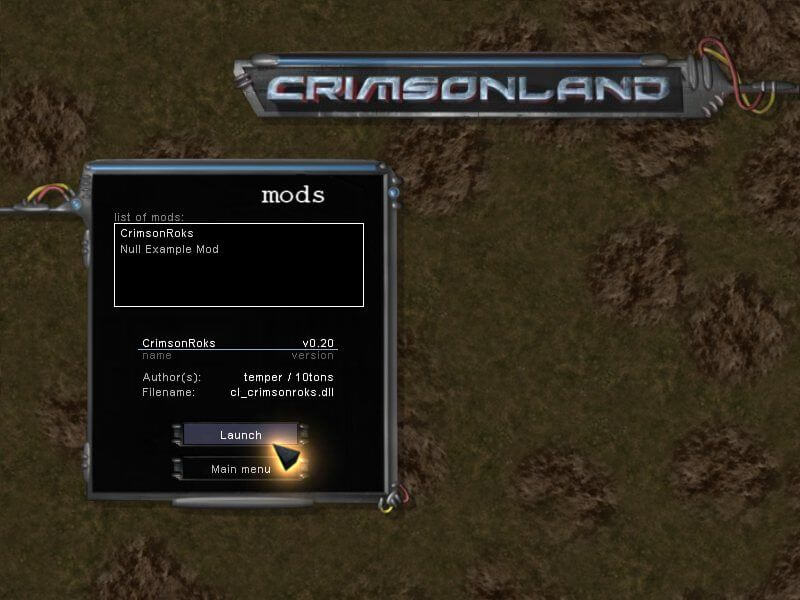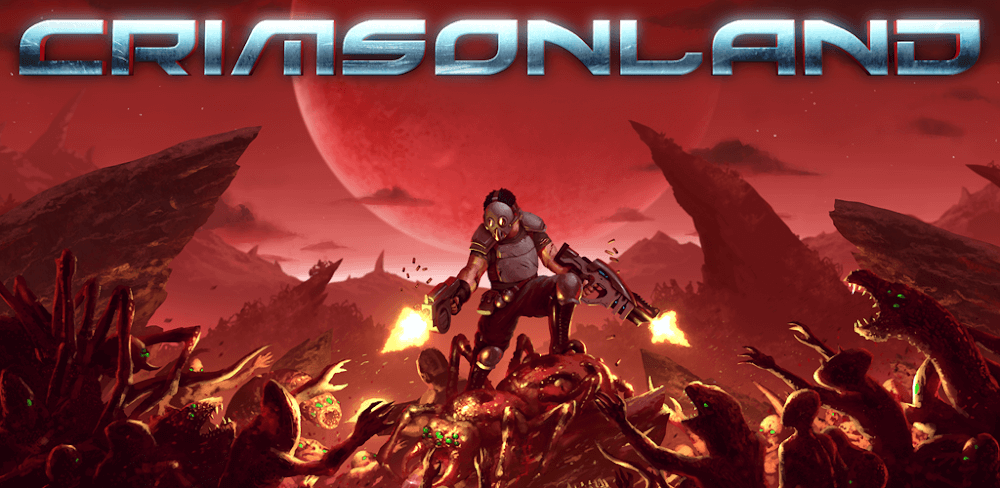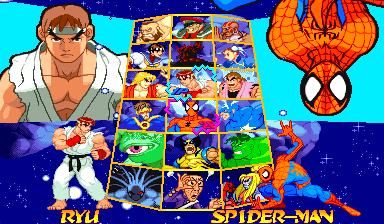

Combine multiple gems simultaneously whenever you can.
#Crimsonland high score strategy how to#
Now that you understand how to play the game, here are a few tips and tricks. The next section will give advice on how to get there. As you can imagine, it takes careful planning to make larger gems.įortunately, you also get more points for making larger gems- for example, making a green large circle is worth several times as much as a red large circle- so getting to 53,000 points is easier than it initially seems. For example, if you’re about to make a green square, you should have one green triangle, one large green circle, one small green circle, one red hexagon, one red square and one red triangle, before using your incoming pieces to merge each of the gems. As such, you should generally aim to only have one green gem of each type on the board at any given time. The larger a gem is, the longer it takes to make, so it can be difficult to combine large gems. This can be a double-edged sword- there are times when it may give you the gem you need, but it also makes it harder to predict which new gems will arrive. If you manage to reach the small blue circle, you’ll start seeing red pentagons. After you make a green square for the first time, you can expect to see red squares.

At first, you’ll only see small and large red circles, but as you make bigger circles, more shapes will come into the mix.Īround the time you make your first pentagon, you’ll start seeing triangles among your new pieces. For context, you’ll most likely need to make a green square before you get to your goal of just over 53,000 points, which is equivalent to 128 small red circles.Įvery time you move, a new gem will be added in a vacant space(usually toward the edges), and the interface will show you which gem will be added next. The gems start out red, then turn green, then turn blue the largest gem I’ve been able to make is a small blue circle.


The goal of the game is to keep combining gems to gain points and keep the playing field clear. However, if a gem moves into a space occupied by another gem of the same color and shape- imagine if both the gems mentioned in the previous paragraphs are triangles- the two gems will combine into a larger gem, and the player will earn points.Įvery time the player moves, a new gem will appear on the board. Unlike 2048, the gems only move one space at a time, instead of going until they hit the wall or another gem. For example, if you try to move a triangle shaped gem up when it’s against the top of the board, it will not move, and neither will the circle gem one space below it. Pushing an arrow key will cause all gems to move in the same direction, but they will not move if the wall at the edge or a gem of a different type is in their way. It takes place on a 4×4 grid, and by pushing the arrow keys, the player moves gems of various colors and shapes around the board. The game is a bit similar to – in some ways. Once you enter the code, the game will offer a brief tutorial on how to play Gembine. If you make a mistake, you will hear an error message and have to start over. You will hear a chime each time you input the correct letter. To access the game, type G, E, M, B, I, N and E in that order during the credits. This section will explore the basics of Gembine. This guide will help you earn the high score required to unlock the perk, and with it, one of the more elusive achievements in this game. A guide on how to get a high score in Gembine, as well as one of the perks needed for the Perky achievement.Ĭrimsonland is a fast-paced action game with some RPG elements, so players may not expect a puzzle minigame, let alone one that is required to unlock a perk needed for the Perky achievement.


 0 kommentar(er)
0 kommentar(er)
